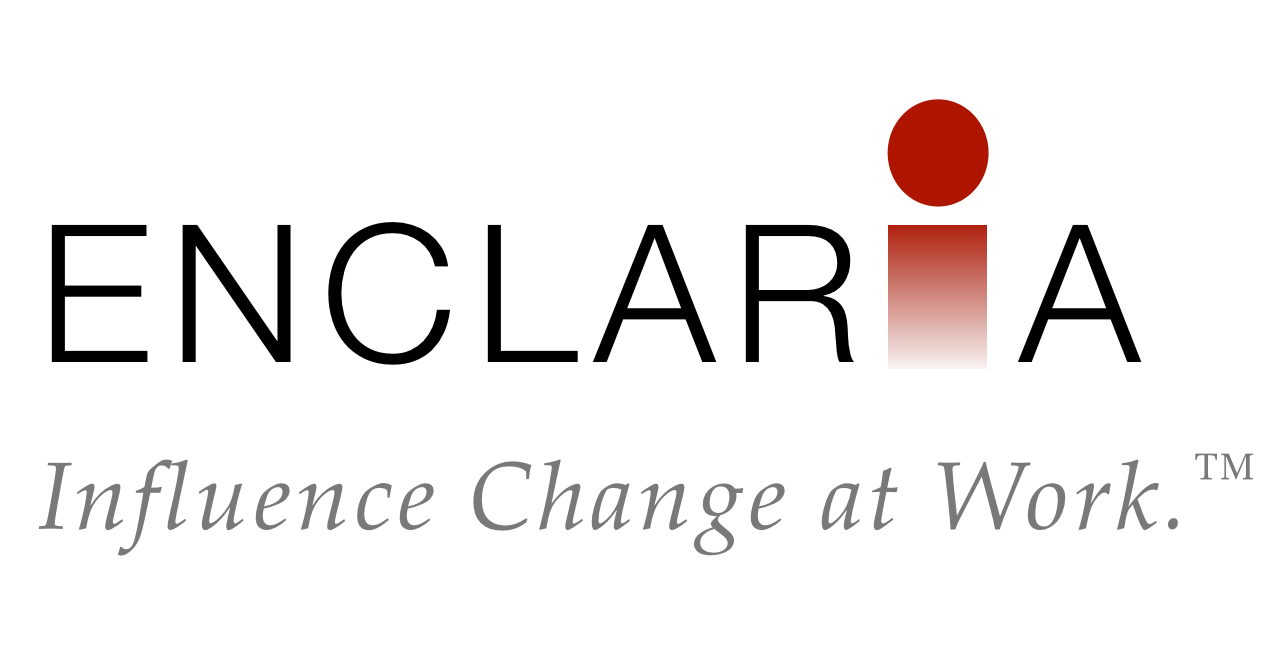I’m reading Daryl Conner’s book Managing at the Speed of Change, published in 1992. On page 41, he lists the following changes that organizational leaders considered crucial to success, compiled from a survey he conducted.
- Initiating major reorganization plans
- Improving competitiveness through the implementation of total quality-management processes
- Incorporating information systems as an integral part of business and production strategies
- Integrating customer-service mentality and behaviors throughout the organization
- Responding to new or increased global competition
- Accommodating the turmoil associated with mergers, acquisitions, and leveraged buyouts
- Redefining the organizational culture to be more supportive of corporate business objectives
- Initiating cost-containment mechanisms
- Rightsizing the work force
- Establishing employee-involvement programs to generate a sense of empowerment and commitment
- Establishing new products and markets
- Incorporating new production/manufacturing procedures and machinery
- Adjusting to the changing profile and needs of today’s employees
- Complying with new government regulations
Sound familiar? We’re still facing the same challenges today as we were 17 years ago – even some of the terminology is the same. Perhaps the difference is the number of concurrent changes going on, or the rate at which organizations and people are expected to change. (Consider the fact that this book was written at the dawn of the internet.)
The list speaks to the perpetual nature of organizational change. In the last 17 years, much research, learning and theorizing has been done to better understand how to make change easier. The fact is that change might get easier and better understood, but it never goes away. There is always a new set of employees, circumstances, leadership, technology and environmental factors that require a better way to move forward. The way we accomplish that tends to fall into the same categories of change over the years.
What would you add to this list in light of today’s environment?
How many of these are you currently working on in your organization?
